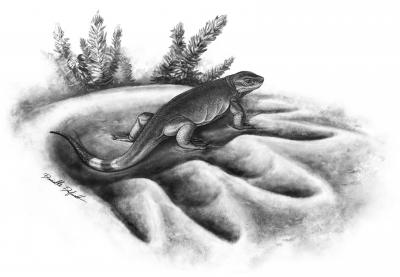
This image, taken with a transmission electron microsope, shows the defect-free sheets of graphene that can be generated from graphite by mixing it in water with an ordinary kitchen blender. Scale bar: 100 nanometres. (Credit: Centre for Research on Adaptive Nanostructures, Trinity College Dublin)
A new study shows that sheets of defect-free graphene can easily be ‘exfoliated’ from graphite by placing it in water and stirring it up with an ordinary kitchen blender. This allows for sheets of graphene to be produced in large quantities.
Graphene is an atom-thick network of carbon that is strong, nearly transparent, and an excellent conductor of electricity and heat.
Original research paper published in the journal Nature Materials on April 20, 2014.
Names and affiliations of selected authors

